Elian’s close dialogue with our cities is unparalleled, his basic geometry and abstraction has become a trading mark on the walls around the world. Started with explorations of perspective and anamorphosis in his Argentinian hometown, Cordoba, Elian has now evolved from 3D graffiti to flat color murals. His explosive color compositions are inspired by minimalism and Russian constructivism, and the search for the perfect combination between his art and the environment seems to be the goal of his current journey. We reached him for an inner chat about himself and his upcoming projects.
Hello Elian, what are you working on these days?
Well, I’m working as hell planning and finishing my schedule for this year. When you live at the end of the world, (Cordoba, Argentina) you must be super extra organized…
Let’s start from the color, in all of your pieces the color explodes from the gray concrete of buildings. If we consider your work in the urban context, it can easily be interpreted as a declaration of vitality in an anesthetized space. Or maybe an invitation to look beyond the surface. Given that everyone will see it in their own way, I am interested in your point of view.
Uhmm.. For me the abstraction, the color and the geometry are part of a language for the dialogue with cities. I mean, the formal resources are not my artistic objective. I’m not trying to discover the perfection in morphology. The idea is to build a kind of platform for the exchange about how we understand the habitat. Maybe the strategy is focused on a simple intervention like change the color of some facades, or maybe is breaking with all the architectural information of some building. You know, the abstraction permit me to stay on a kind of confused territory where is not important to define what are you seeing, you know what i mean ? I’m trying to take off my proposal from the sense system of art and relocalize on another possibilities. I love the situation when somebody don’t understand what he’s seeing, I love questions like: “what is this?”
Got it, but then there is another aspect that tickles me … Your color palette does not include shades but clean cuts, sometimes intersections, but no shades of color. What guided this choice?
Same as above, I’m focused on understand the language of painting as a strategy to dialogue about other things. This elections about technique start from the idea of the visual noise in the cities. Looking for a kind of synthesis on the information of the artworks, I’m interested in the minimum gesture as possible as strategy.
There are many surprising aspects in your art, but your sublime technique is immediately evident for sure. Could you reveal something about how you’re able to achieve your outcome? I mean, which do you think is the main key of your technique?
I think the main key of my technique it’s on the scale and the clean and flat colors. This is possible thanks to put the effort on the layers of painting. Insist on the idea of paint over and over again to generate that deep as the color require. With the scale happen something similar; understanding the dimension of the building, the city, and the artwork. I try to propose a kind of equation of these values, is the sweet point of the thing.
I’m always curious about the technical issues during the painting process. I can only imagine what kind of monster a 50 meters wide mural could be. Would you give a brief walk through your workflow?
I work with a big team since 5 years. Everybody understand the importance of the finish of my artworks and they put the focus on it. I mean, not only on the formal or the technique, also the way to understand the professional carreer. I talk about this because found essential in arts all the procedure from the beginning of an idea through the final result. Luckily, all the people who work with me, help on the creative process; I can deleague the physical effort to put all on the concept of my work. After this, a common day for me is between my studio work, organisation of tours, and all the bourocratic process of this crazy life.
The impact of one of your large scale portraits is devastating, but your drawings maintain the same strength and vibration even on a small canvas. How do you select the ones that work outdoor and the ones that remain in your indoor production?
i understand this as a circular practice. I mean, from writing, painting, or big installations, all is part of the same universe. Sometimes one is a kind of essay of another or some kind of crossed operations, but the most important is the focus on the discussion; my theme is the city and the human behaviour there. I’m not interesting on understand an art without context, because the art is political always for me. So, sometimes a canvas demand a kind of treatment, or a text have another poethic, but the most important is mainten the discussion.
I do not know if anyone can figure out how much physical and mental effort is behind an artistic production so intense as yours. Can you carve out some time for other activities, or your painting activity is full time?
The artistic practice is a life practice. I mean, from my ethic, it’s impossible to separate or take off as a t-shirt or something like that. I cannot stop being an artist when i’m cooking, sleeping, or spending time with somebody. Luckily, i can dedicate my entire life to my work. I’m full time artist navigating from different circumstances; writing, photography, painting, don’t know. Whatever I feel as a nutrient thing for my universe.
You have more than a decade of street work on your shoulders, and in these years we have witnessed the explosion of the street art movement worldwide. What is your point of view, what do you like and what would you like to change about this great “machine”?
That great machine is named capitalism and it’s impossible to change individually. That is a kind of neoliberalist lie to divide the responsability of changing the world, the revolution. The only way to change the things is collectivly and as we can see, organise this massive mount of people is not an easy job. Also, I understand this as a kind of global culture, or planetary movement, don’t know, but after this, you must focalize on something specific. I mean, the gentrification is not the same in US or Argentina, in Brazil or Russia. I talked about gentrification because is the common easy topic inside of street art, an ultra super mega booring and ultra super mega privileged discussion for beautiful, educated, white people… Looking at the reality just on an epidermic way, you will find some obvious things; the cultural imperialism of US, the pressure of the eurocentrist thinkings, or the massive influence of financial entities on the art system, can be a theme for discussion from art and it’s important to mantain this discussion, fight, dialogue, change. But if who discuss, artists, curators, critics, journalist, and all the people who activave the mechanism of art system, are not interested in questioning the own place, all of this, is nothing. For me, would result impossible thinking my practice without the territory from where I come.
Allow me a short step back in time, what was your first giant mural? Was it already part of a street art festival or did you convince the owner of that building by yourself?
My first big mural was in Córdoba, my city, around 10 years ago. Was an invitation from the owner of the building. Luckily, my process on huge paintings was super progressive. This put the challenge in some natural order. This was really good for understand the effect of the scale in cities and permit me to be sensitive with the enviroment of my artwork.
How did you manage to get noticed by Street Art Festivals? Anything but email?
I started before the explosion of social media. When I started, the blogs and websites were the windows to the world. The strategy on that time was very different from today and luckily I made some interesting artworks to share. Internet is a very important tool when you make site-specific art. From there, I started a kind of chain of opportunities and a super big net of contacts, artists, friends, colleagues. The rest is part of a Disney history… Hehehe, super romantic, tiring and demanding, but happy!
What kind of relationship do you have with the work of other artists? I mean, when you see a nice work it pushes you to do better or you don’t give in to the temptation of being influenced?
I’m really interested in Arts. Not only to be an artist, but also to participate as a spectactor. The influence is in the air and I have a super specific references, not only artists, philosophers, activists, thinkers. The visible result sometimes can have relation with another visible result of another artist, but after all, the process can be quite different. The desire don’t come from the competence. The art can be extraordinary and the competence is a common problem of the common life. We must care of this.
Have you ever been afraid to seem repetitive? Sometimes lazy artistic curators or gallerists tend to label the artists with a specialty. Maybe you could be called “the one who plays with colors on buildings..” Have you ever felt the need to do something completely different?
I made a lot of differents things. I mean, writing, photography, some performances, some installations. What you see on my instagram profile is just a third or fourth part of my daily practice. No, I’m not afraid. I became an artist just, dont know, 10 years ago. I’m just starting. I have an entire life ahead.
Most of the artists claim to be original, saying something new or better than others. But looking at the infinite artistic production achieved so far is very hard to find something not mentioned earlier. I know it’s hard to admit, but if you had to choose one artist or an artistic movement, who would you say, “Well, I took something from him, I’m in debit with him”?
As I told you before, the influence is in the art. I don’t believe “the original”, that is a bullshit. I belive in trends, in new configurations, in the excercise of using an old strategy on today. Don’t know, I’m not interested in artists who talk about the originality. I steal a lot of things, from movements, artists, times, ideas. I can’t understand my practice as a kind of illumination, i’m an artist to be part of the reality and the reality is crossing my body all the time.
I guess our time is running out, let’s leave ourselves with your vision for 2020. Please tell me the projects you would like to achieve, and something you would finally get rid of?
The best artwork is yet to come undone. The best is what we don’t know yet, is uncertainty. For this year I have full schedule of tours, exhibitions, the edition of a new book, and some collaborations with writers. I’m focused on my journey, not on destination.

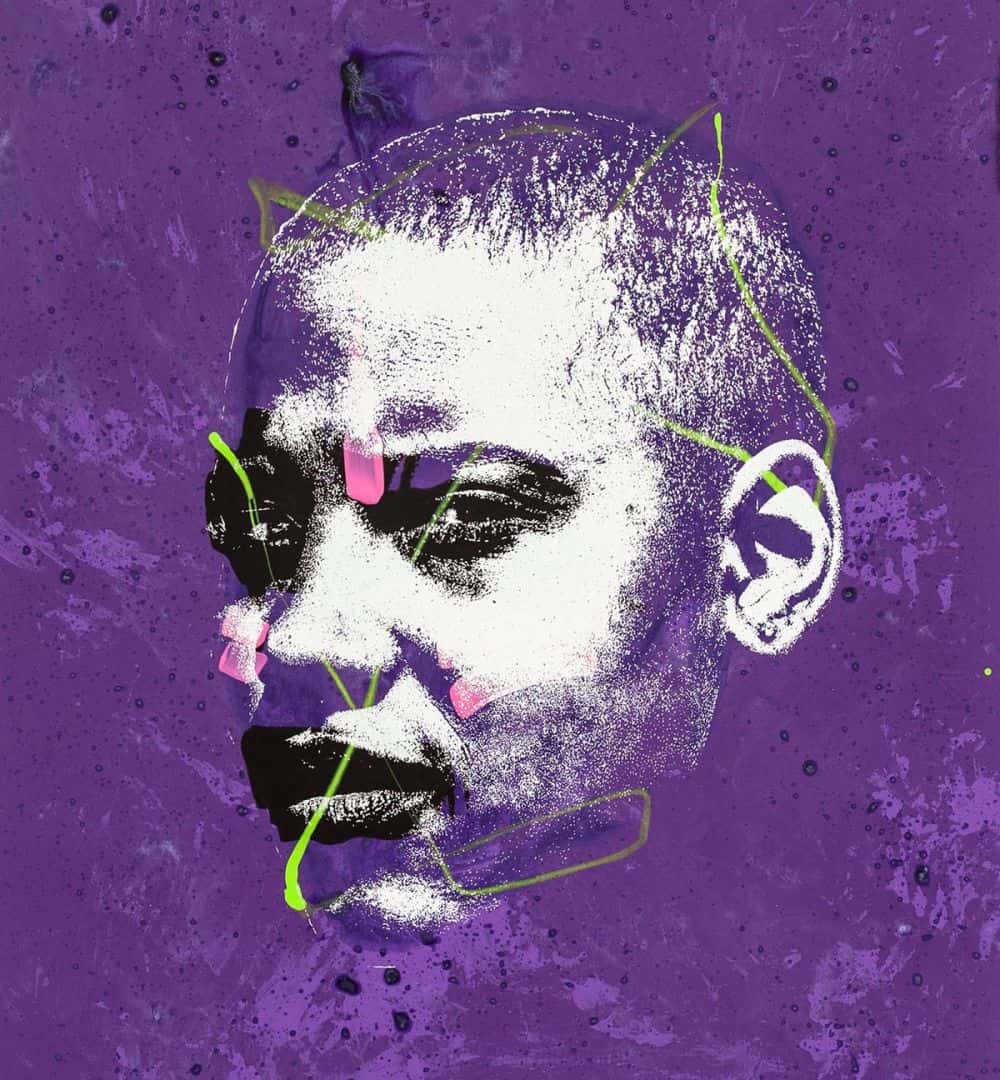
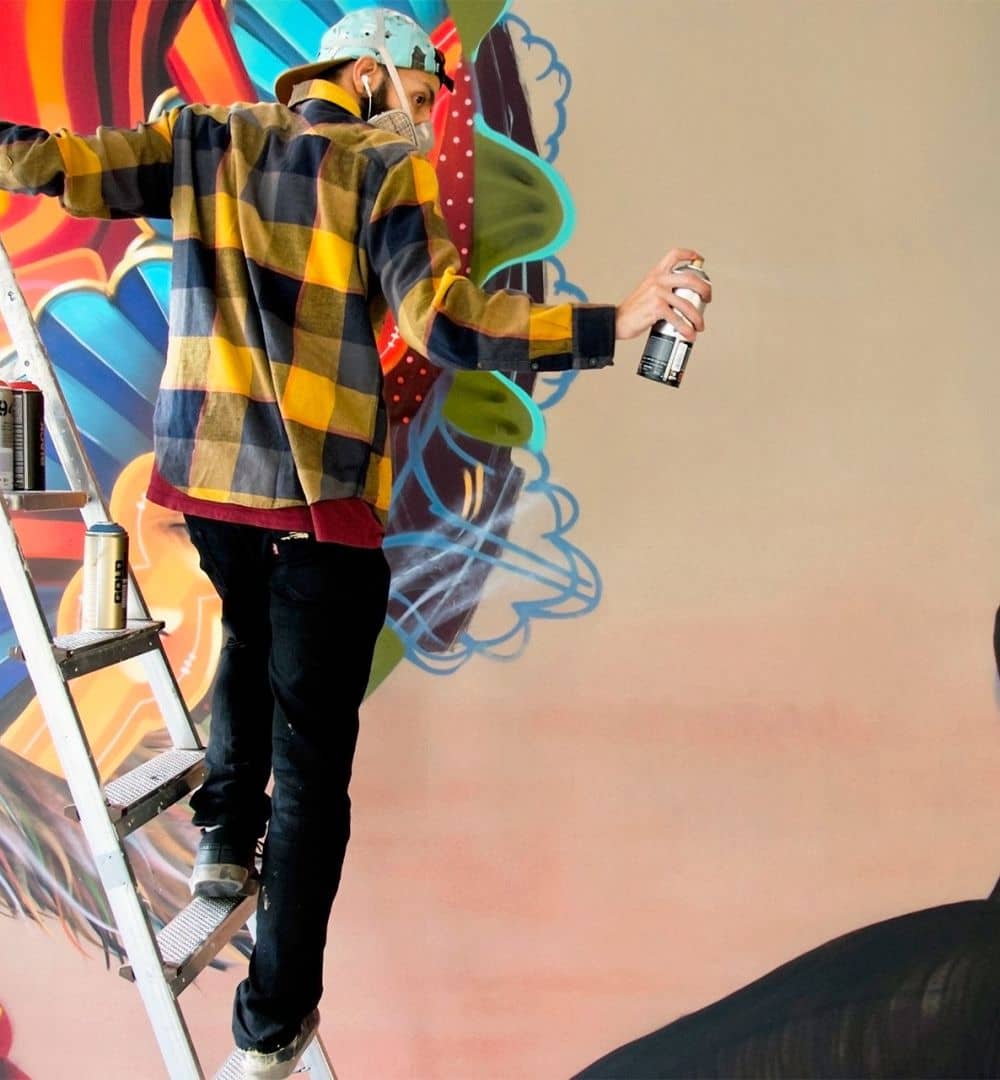
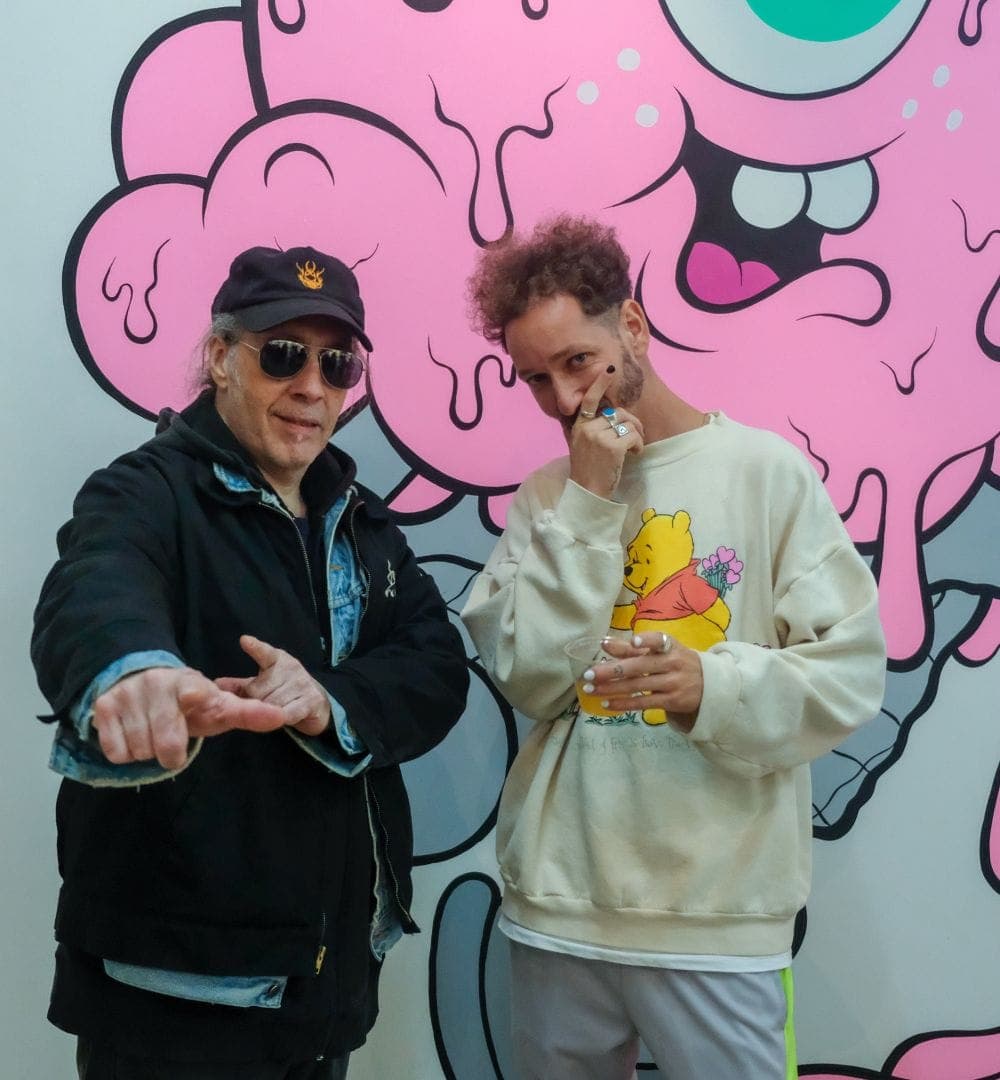
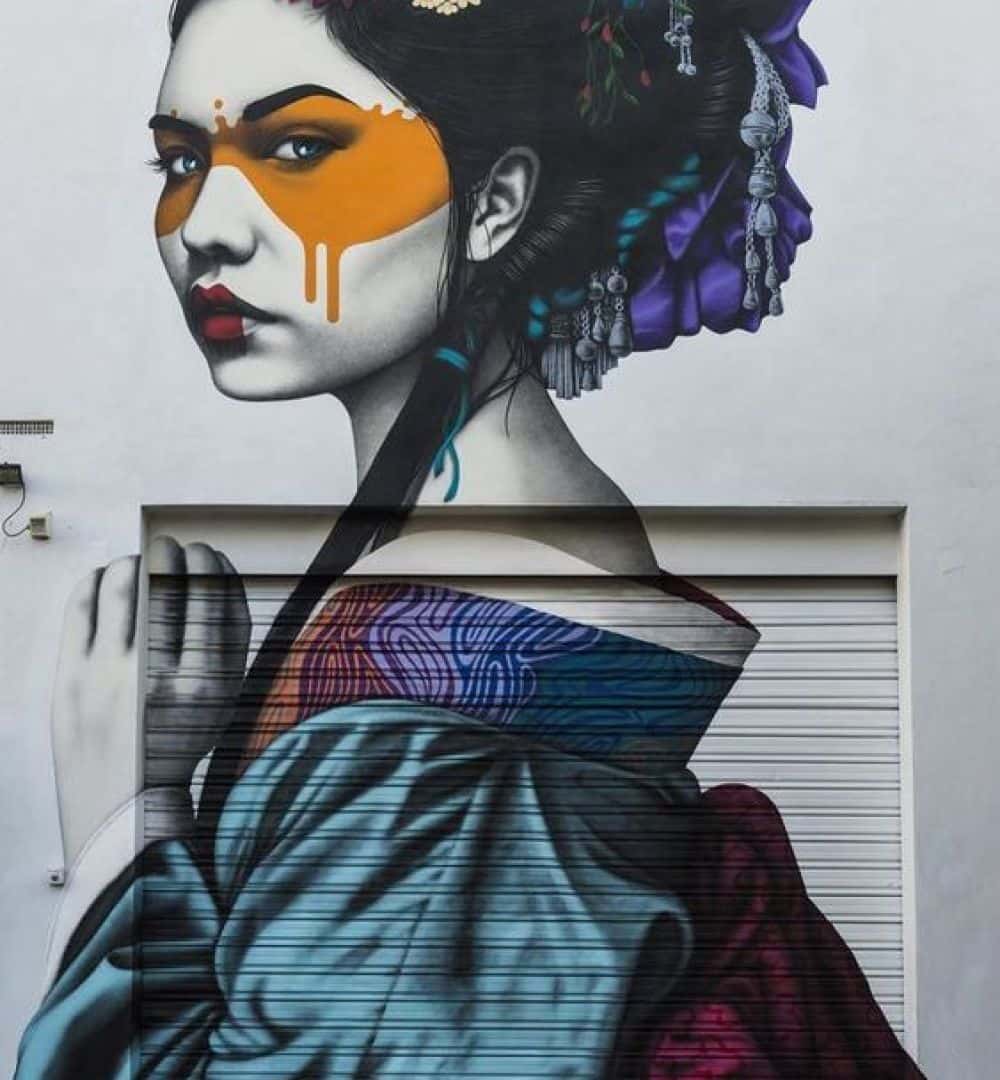

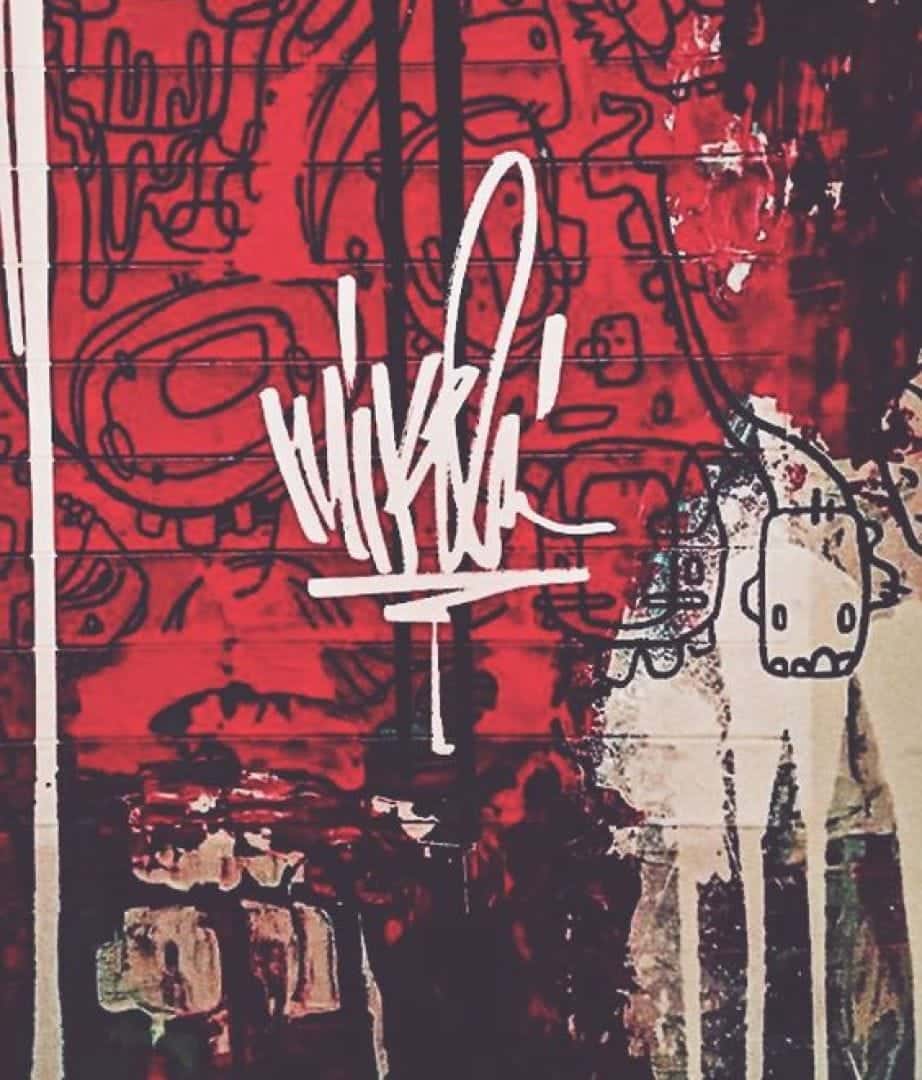
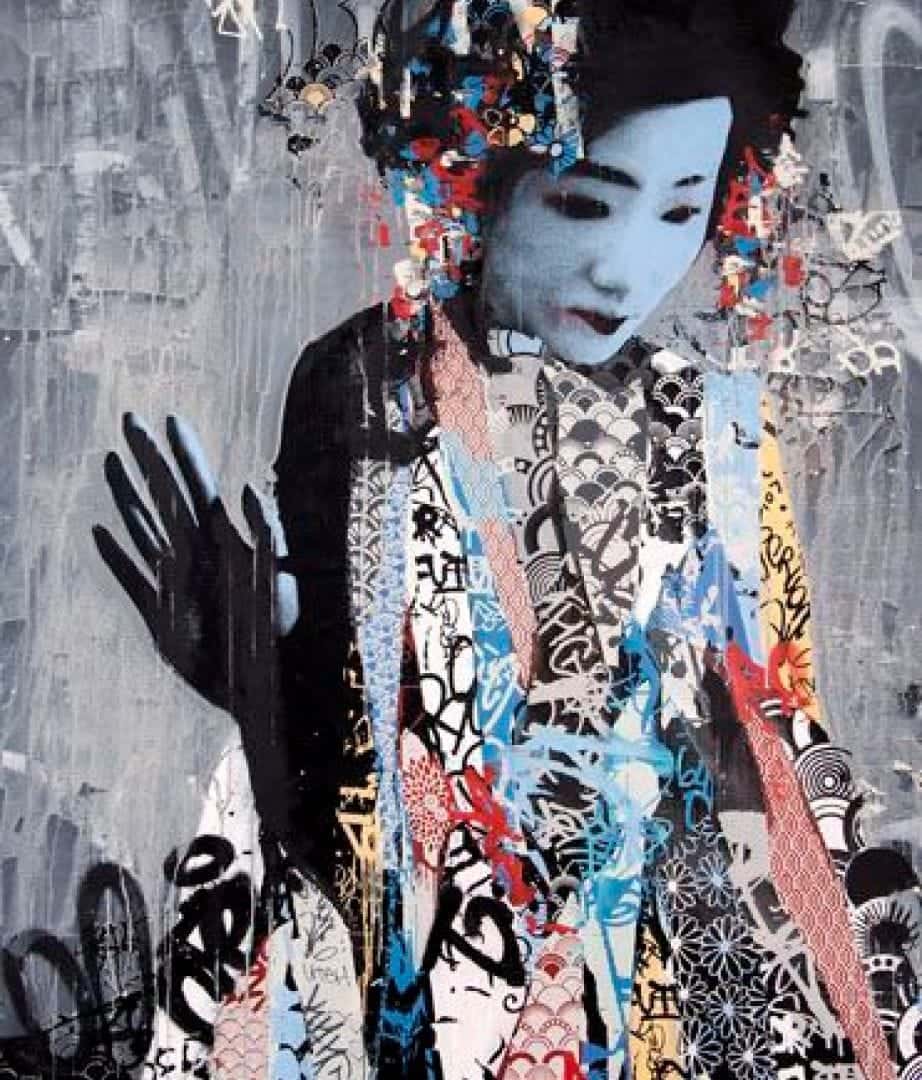
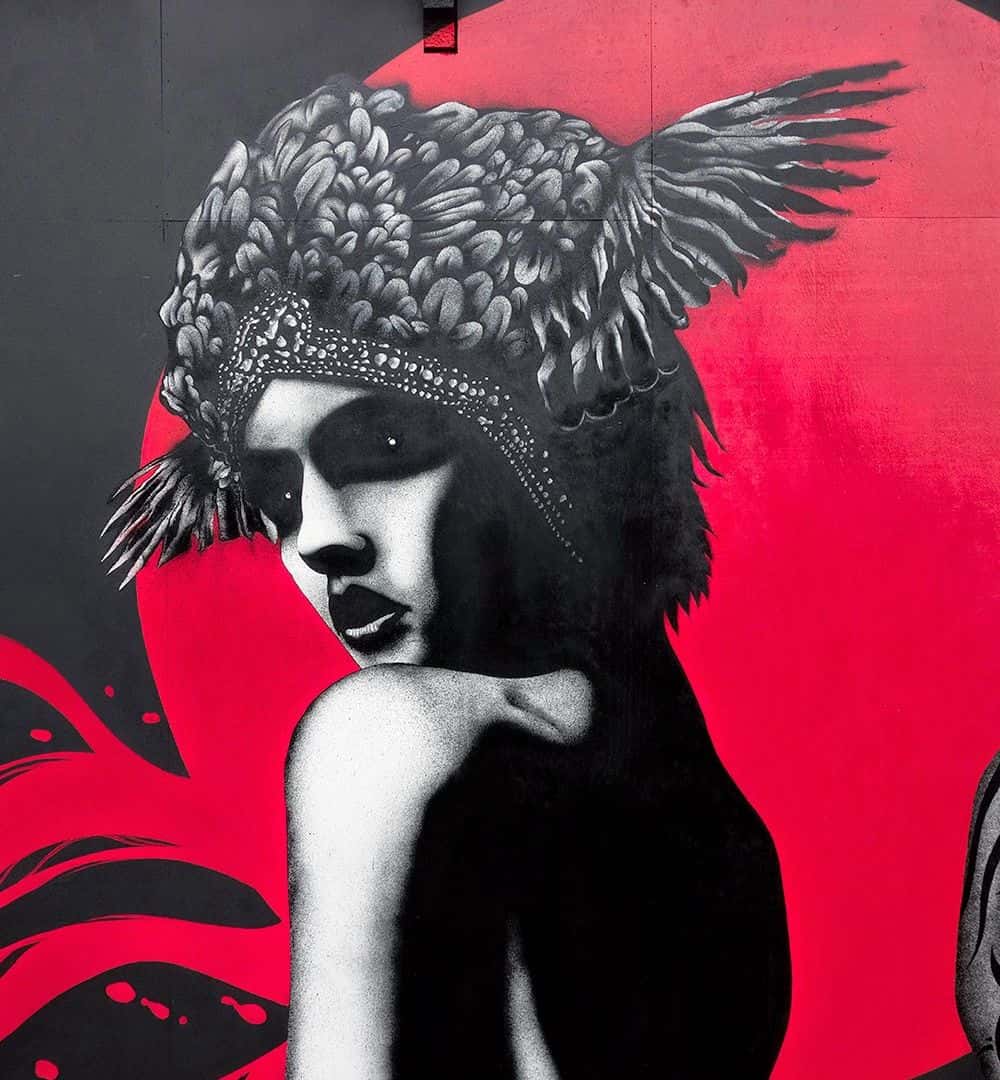
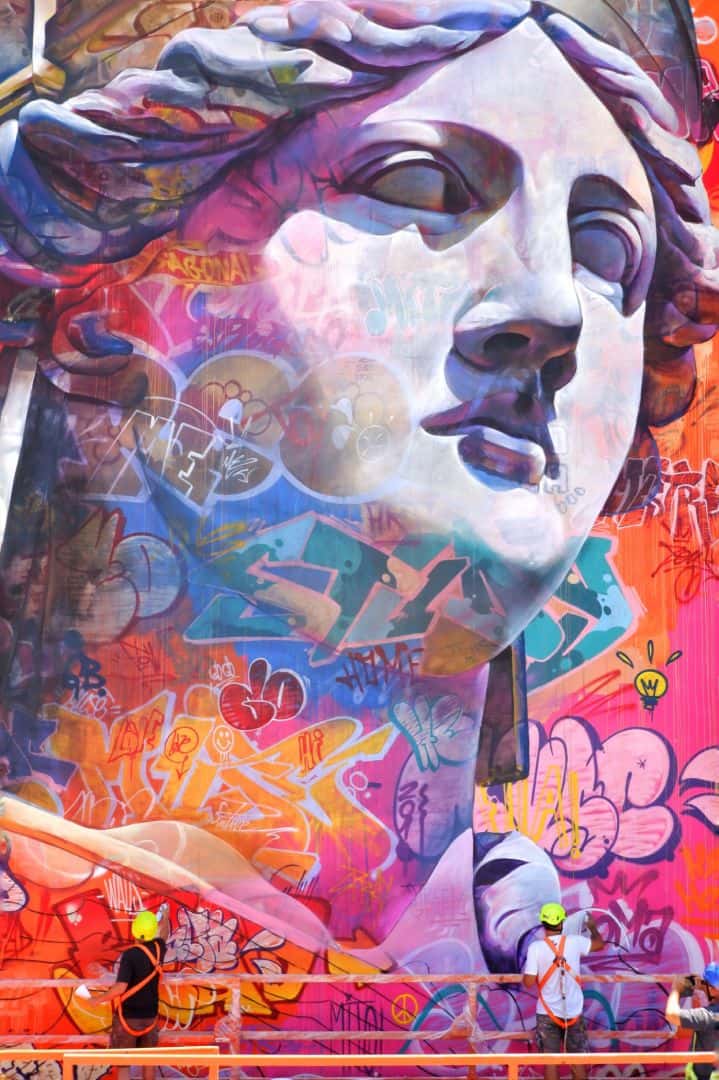


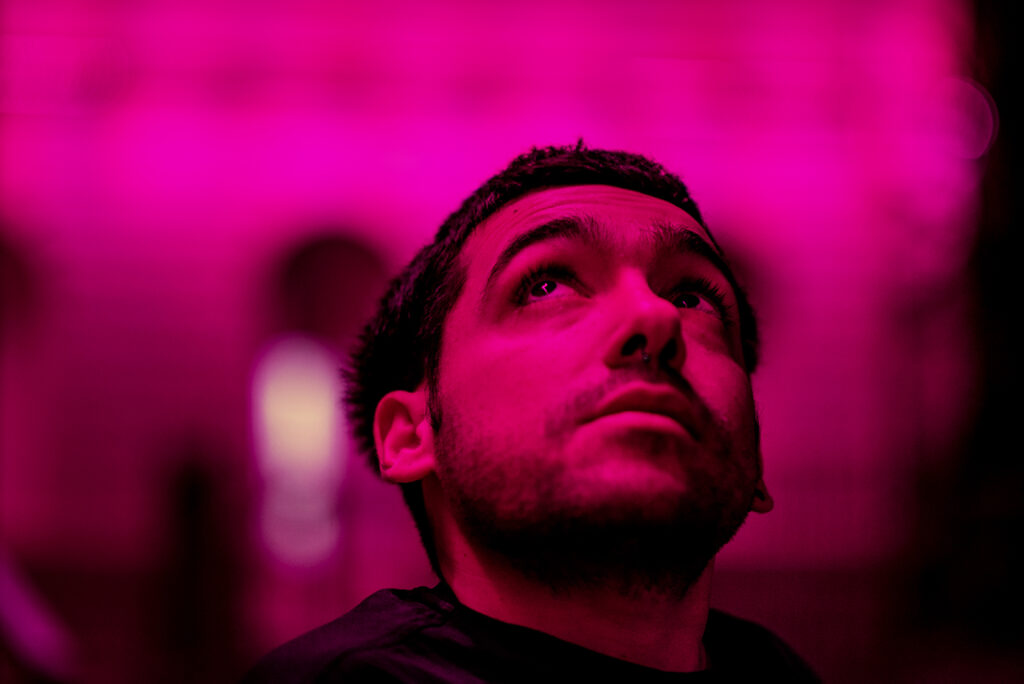


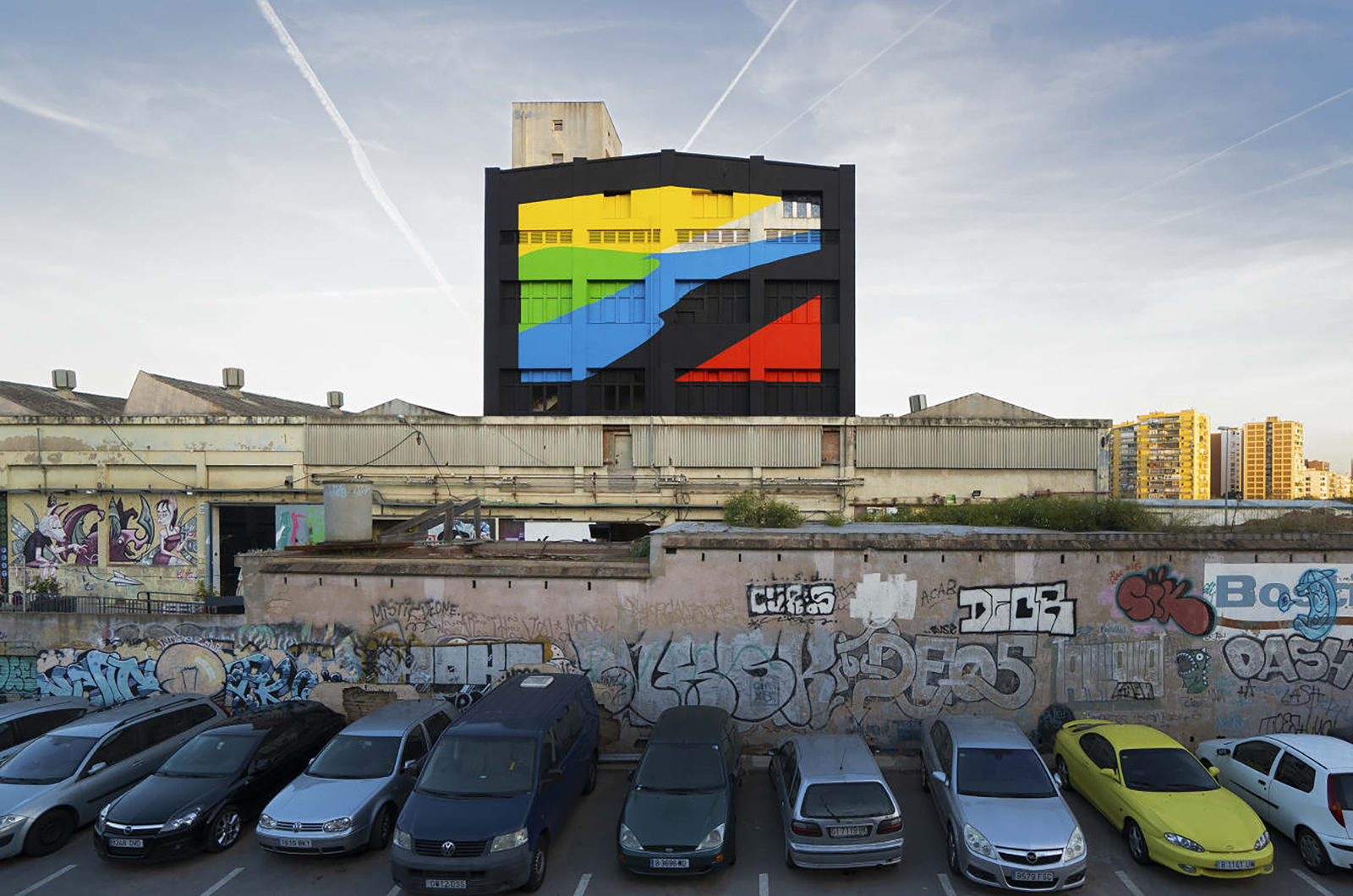
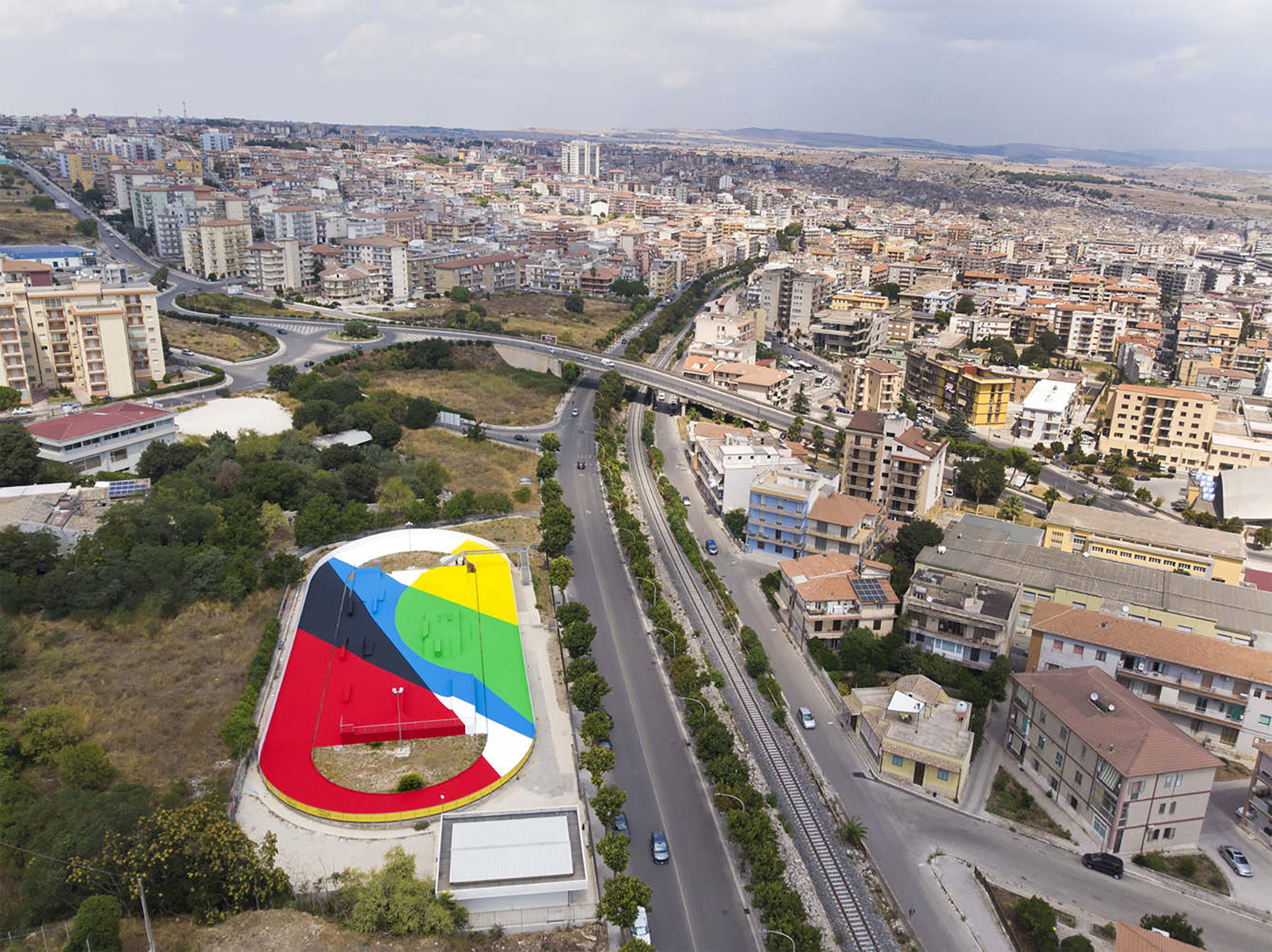
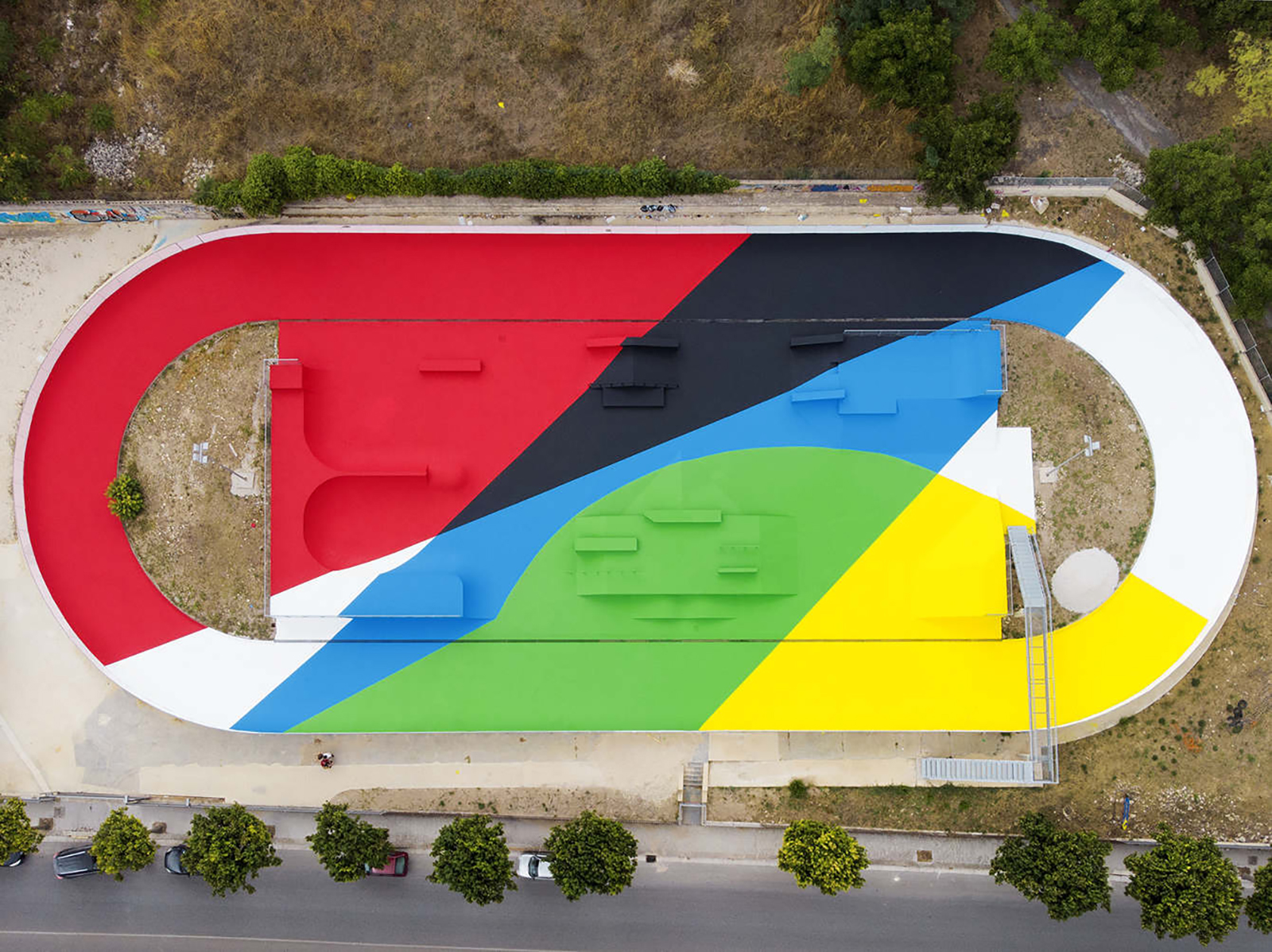
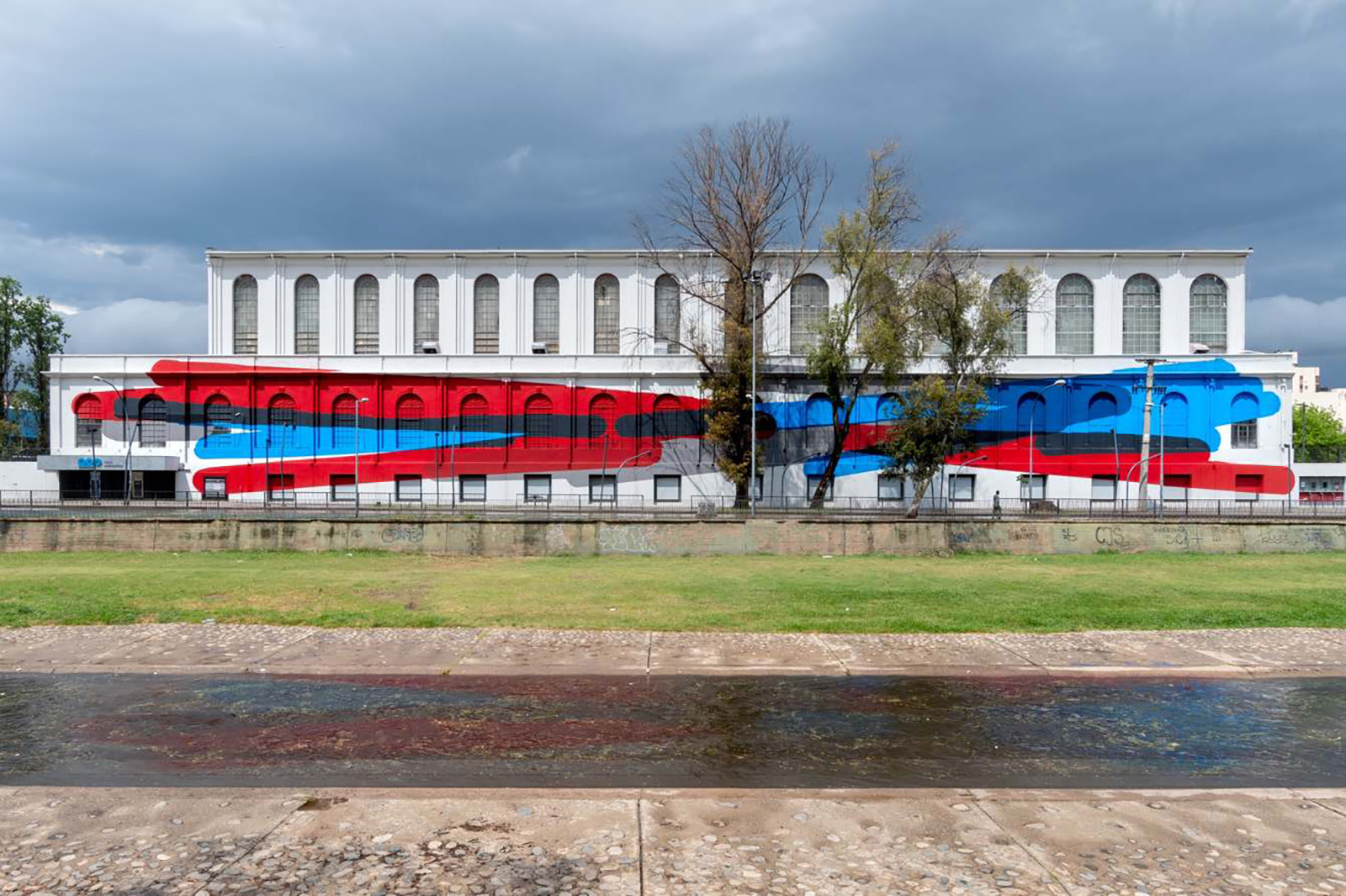
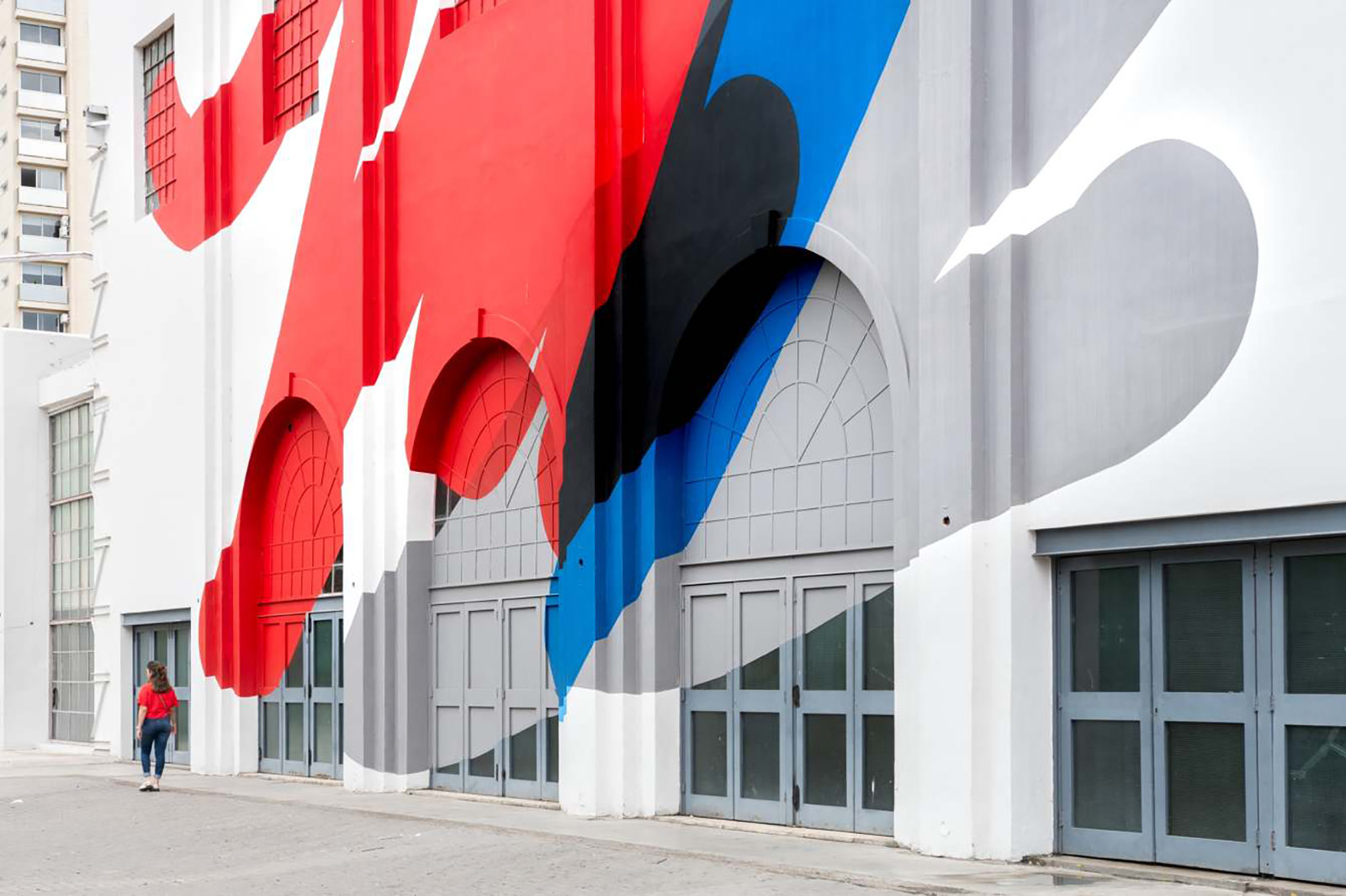
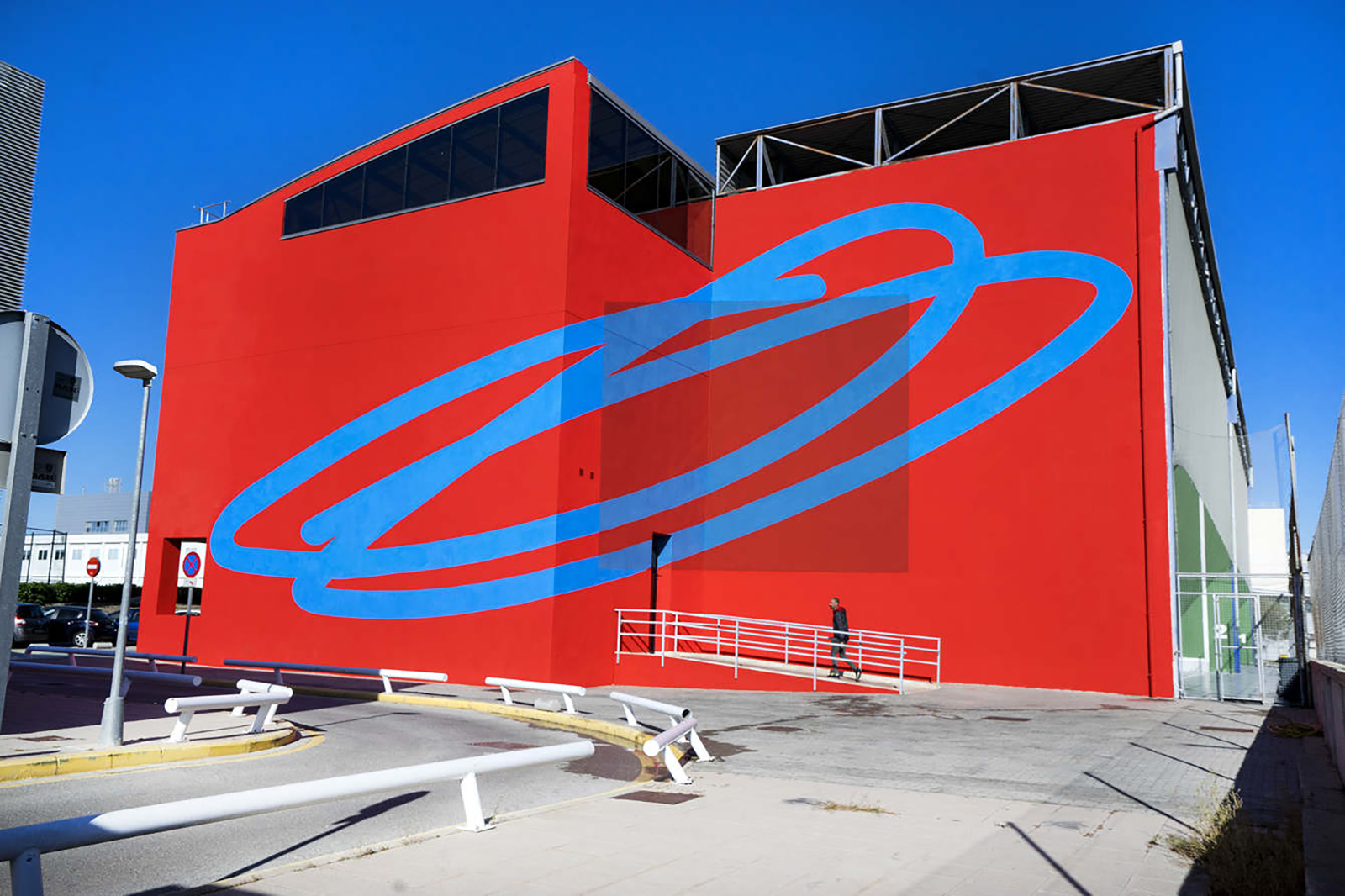
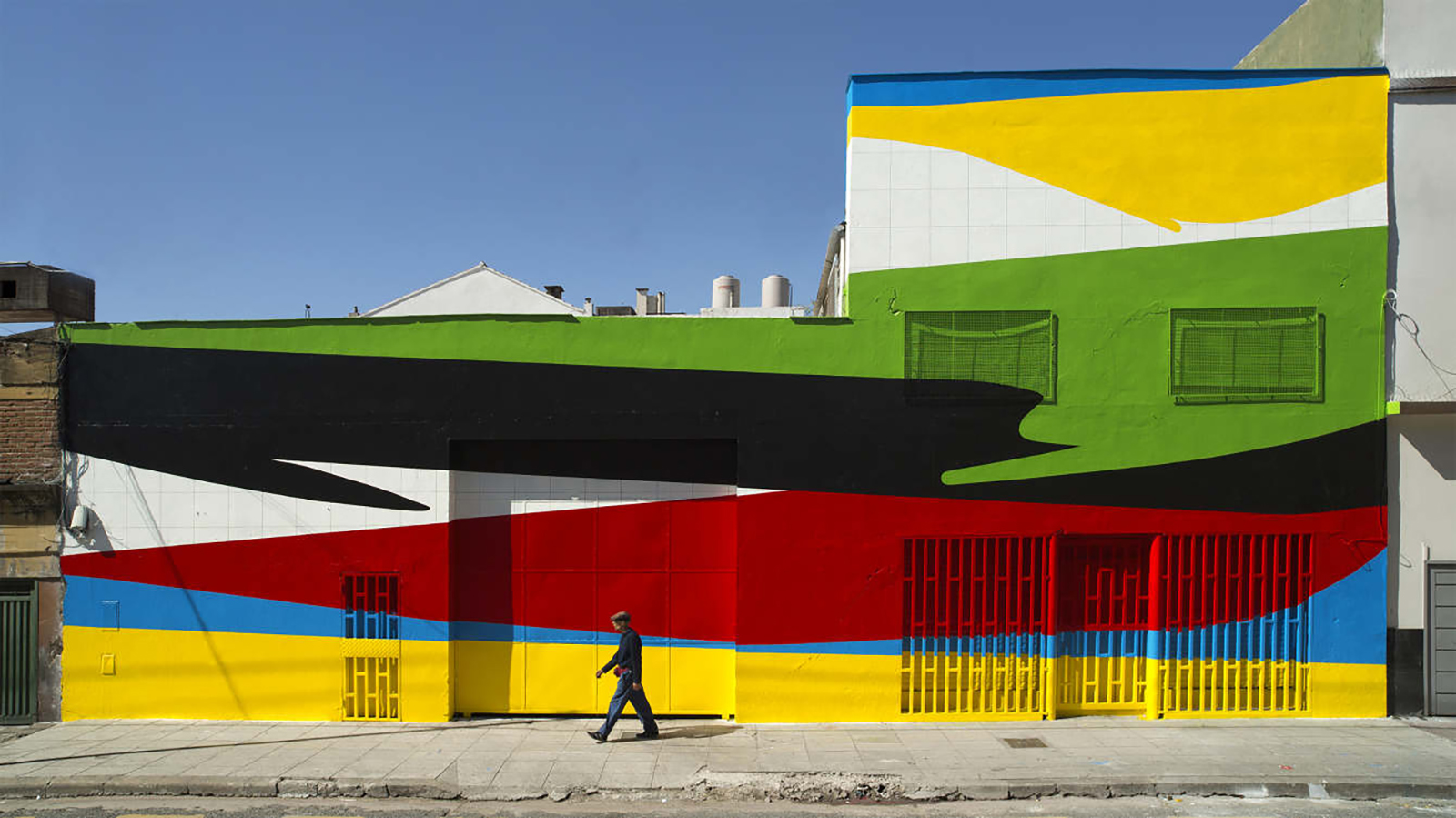
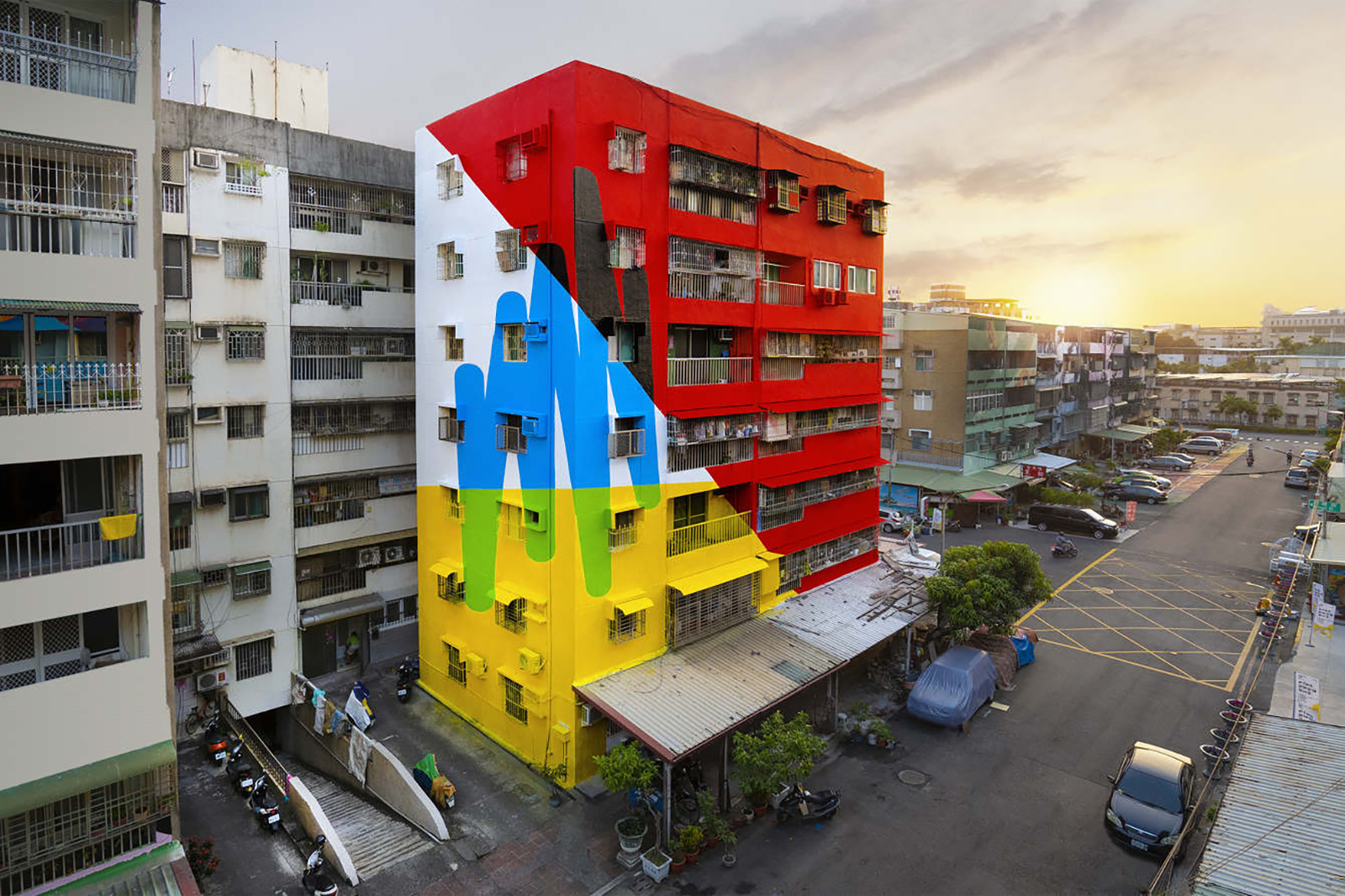

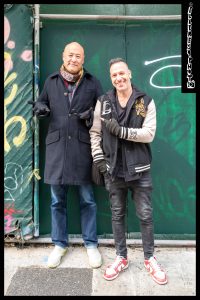
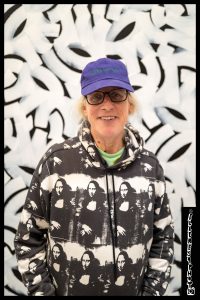
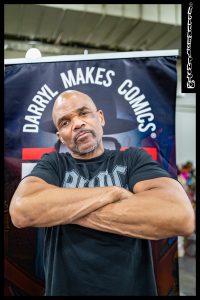
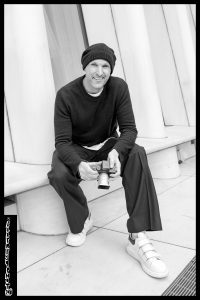
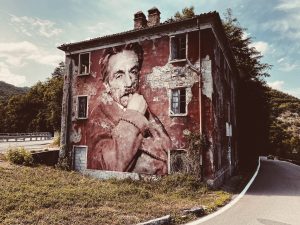
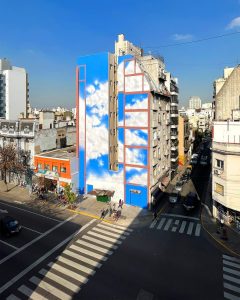
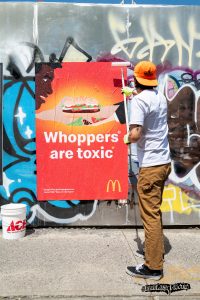
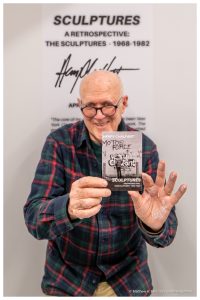
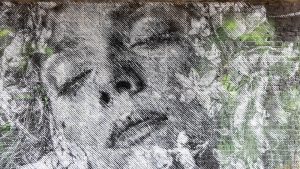
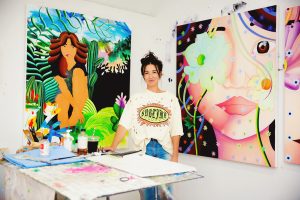
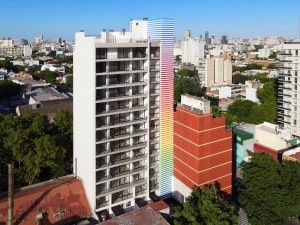
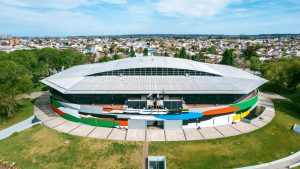
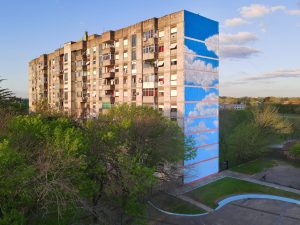
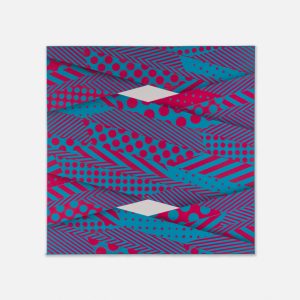
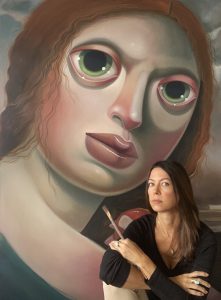
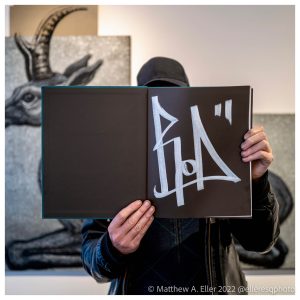
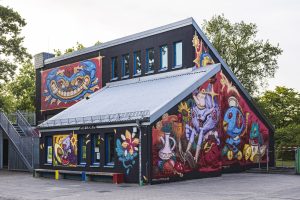

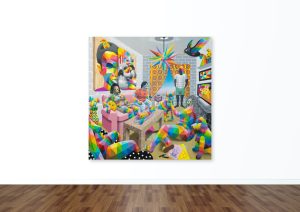
comment